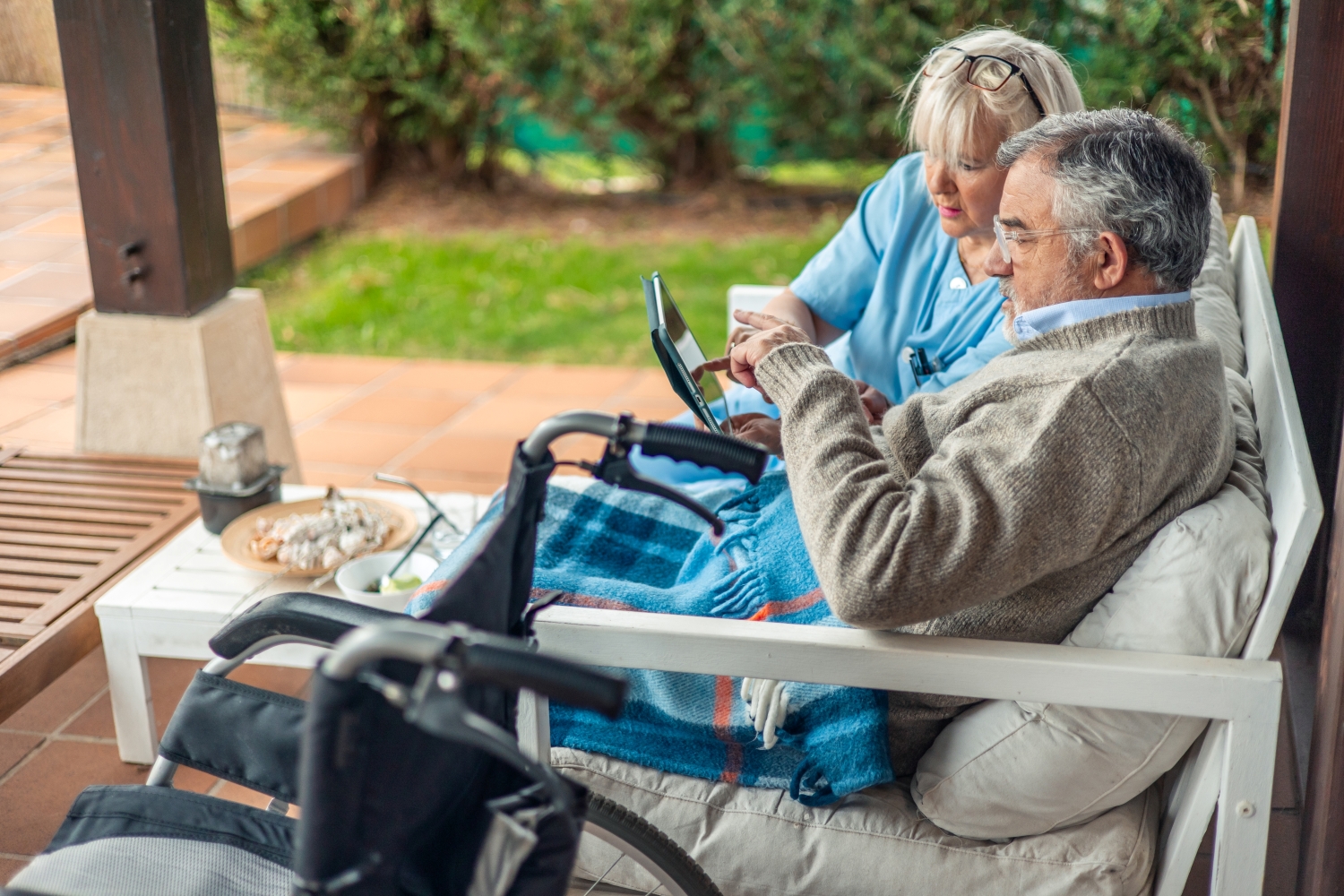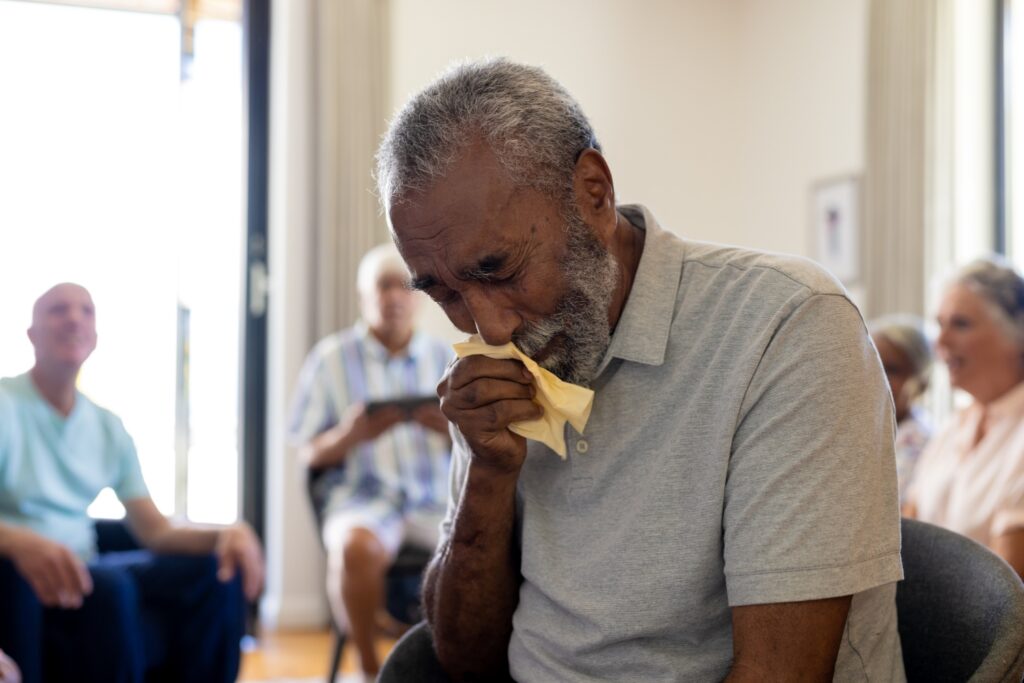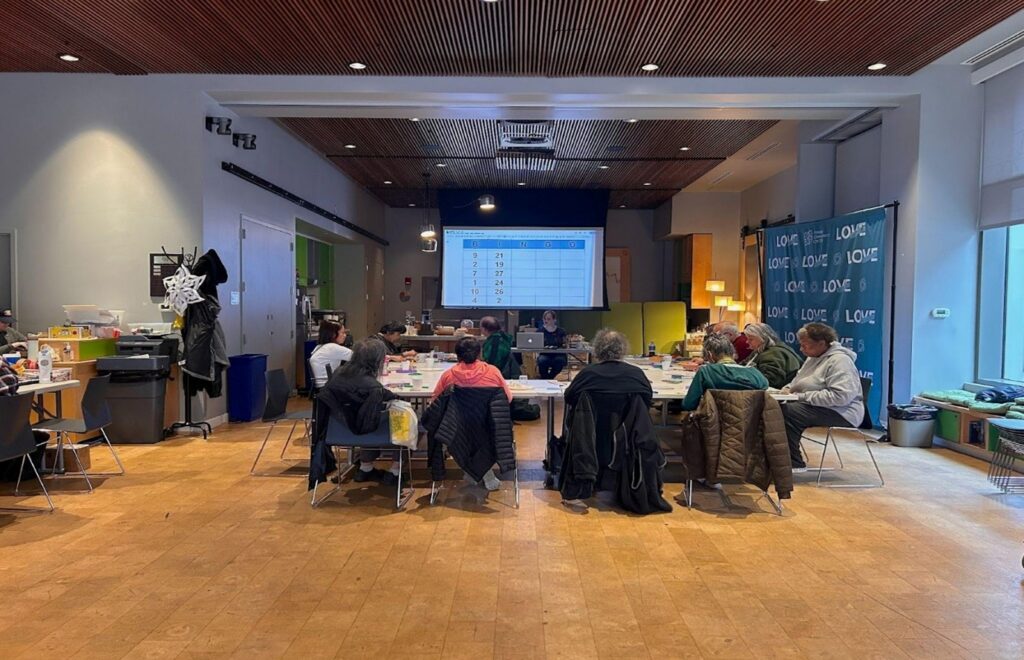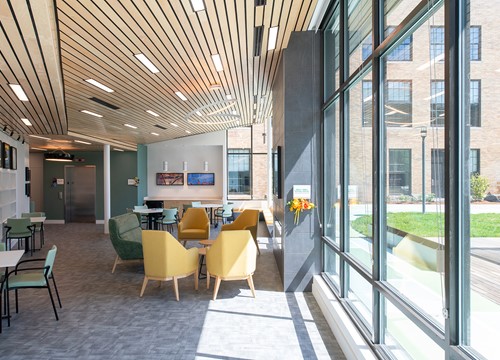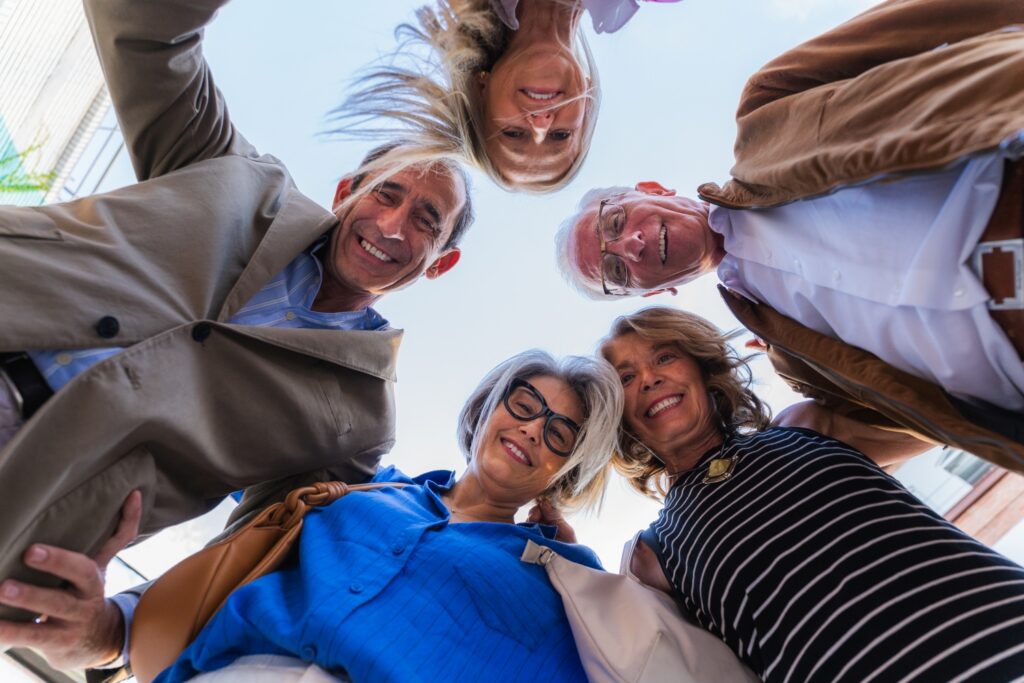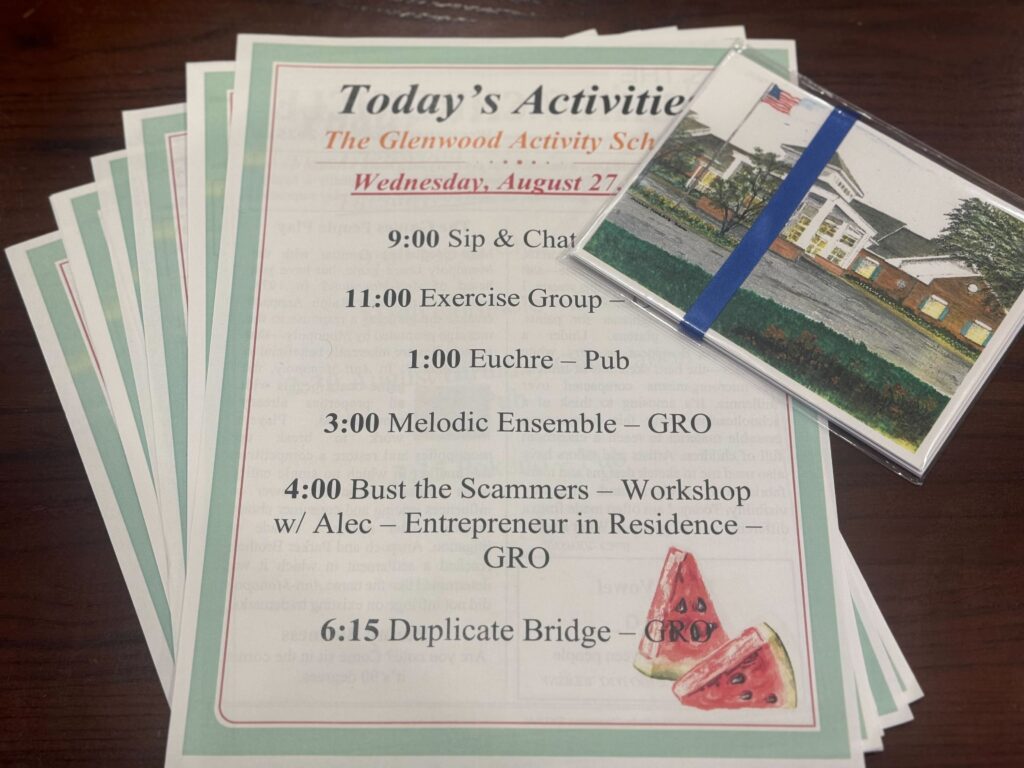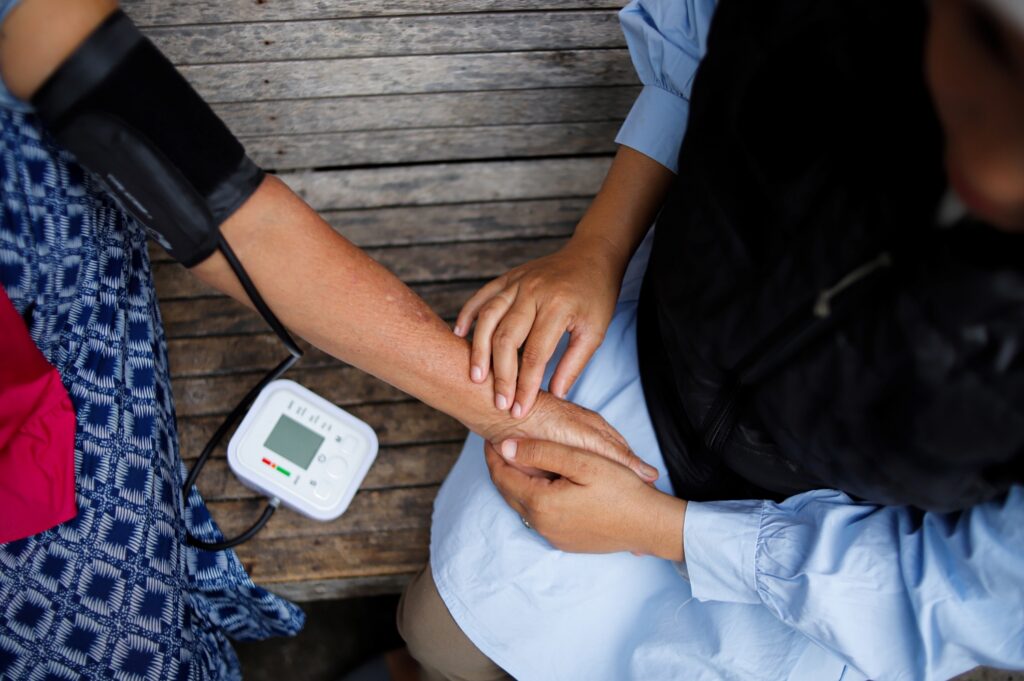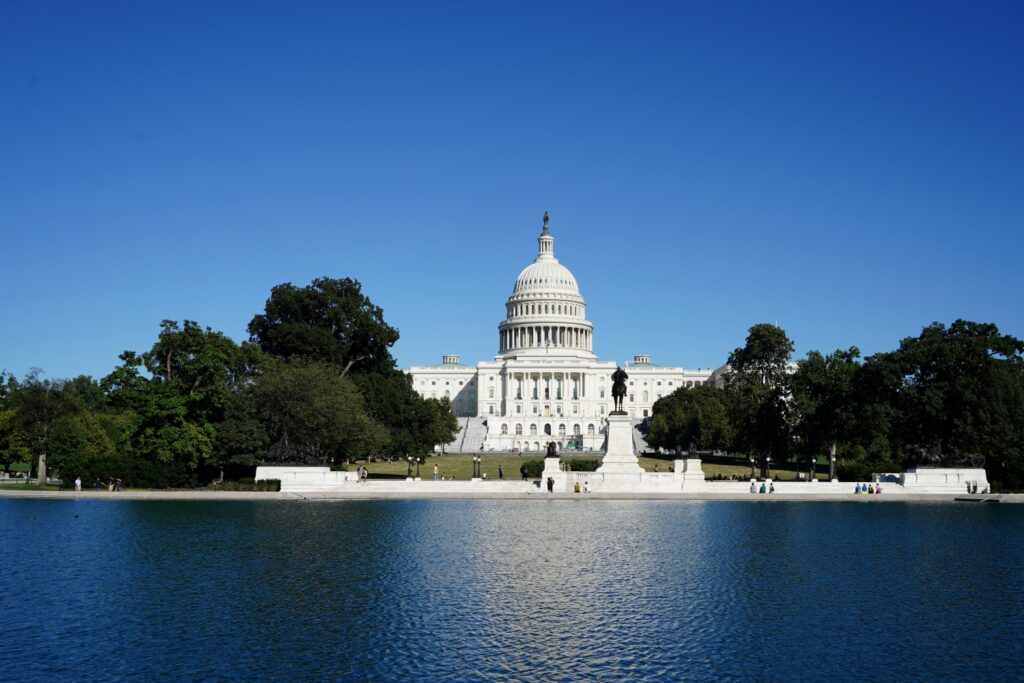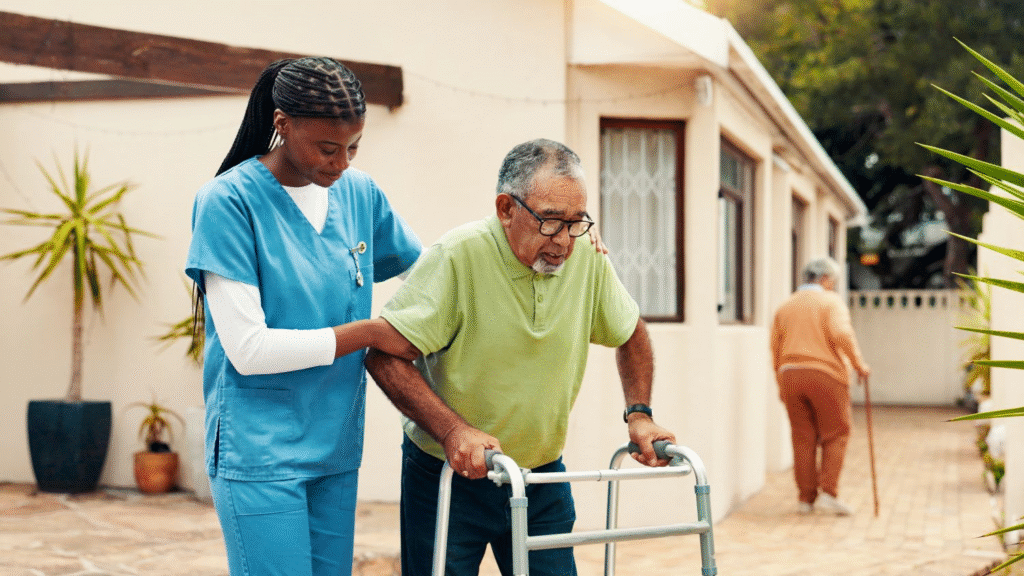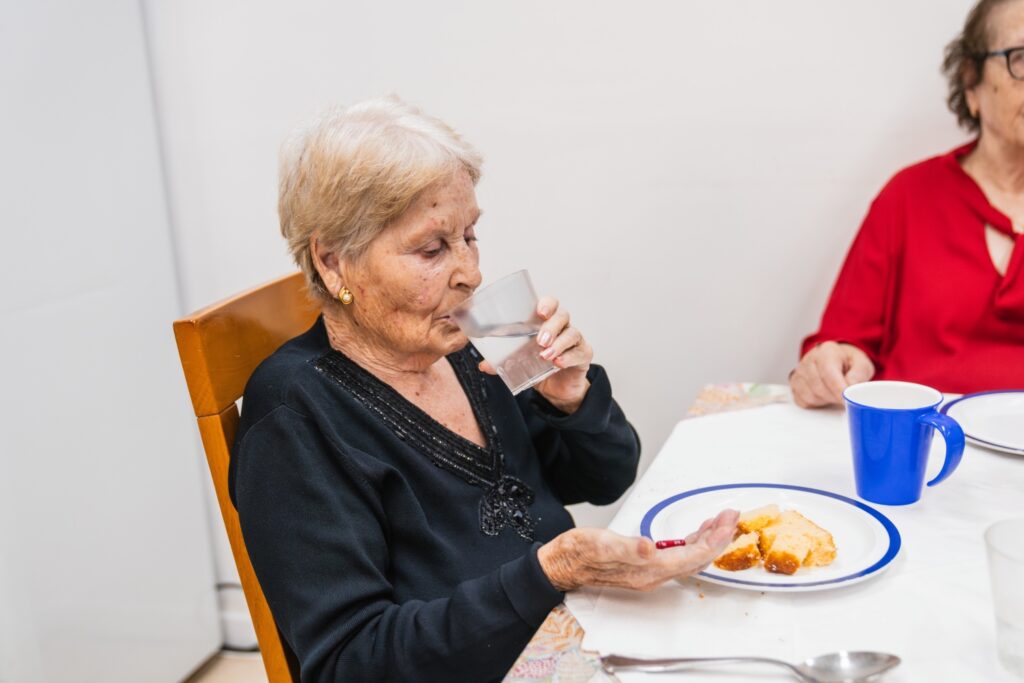As America’s older adult population continues to grow rapidly, so, too, does demand for accessible, understandable health information. For many older adults, navigating today’s healthcare landscape—complex systems, insurance policies, treatment plans and digital portals—can be daunting. The consequences of limited health literacy are significant, often resulting in increased hospitalizations, poor chronic disease management, and a diminished quality of life.
Health literacy is not just about reading ability; it encompasses the capacity to obtain, understand, and act on health information. Yet, millions of older adults face barriers that make this difficult—cognitive changes, sensory impairments, language limitations, and limited digital skills, among them. According to the National Assessment of Adult Literacy, older adults are more likely than any other age group to have “below basic” health literacy levels. This statistic reveals a deep equity gap that, if unaddressed, will continue to strain individuals and the systems that serve them.
As a Certified Health Education Specialist and Senior Care Consultant, I have spent the past several years supporting older adults in navigating complex care systems, including Medicare, long-term care options, and community-based services. My work has consistently shown that health literacy is not a secondary issue—it is central to promoting autonomy, well-being and dignity in aging. Demystifying medical language and empowering individuals to ask the right questions fosters confidence and compliance.
Meeting Older Adults Where They Are
Improving health literacy among older adults starts with meeting them where they are—literally and figuratively. In practice, this means adapting health education to be person-centered, culturally relevant, and context-specific. For example, I have conducted one-on-one sessions with clients where I translated complex insurance explanations into simple decision trees. I have created laminated visual guides for post-hospital discharge instructions and used simulated medication schedules for clients with early cognitive decline. These interventions weren’t high-tech, but they were high-touch—and they worked.
“Health literacy isn’t a luxury for older adults—it’s a necessity
for autonomy, equity, and dignity in aging.”
This approach aligns with research showing that older adults benefit from clear communication tools such as teach-back, visual aids and scenario-based coaching. Yet many providers still deliver information using dense packets of paperwork or rapidly spoken instructions that are soon forgotten. In this way, health literacy becomes not just a patient issue but a provider responsibility. We must reframe how we see health education—not as optional, but as a fundamental part of the care process.
A Call for Interdisciplinary Collaboration
Improving health literacy also requires collaboration. Social workers, nurses, health educators, case managers and family caregivers must work together to support older adults in understanding and acting on health information. In my practice, I have collaborated with community centers and primary care clinics to create “Senior Health Huddles”—monthly wellness workshops that cover topics from medication management to fall prevention. These programs are designed not only to educate but also to build relationships and reduce isolation.
Digital access is another frontier. Many older adults lack confidence or access to telehealth platforms, patient portals, and electronic prescriptions. As highlighted in The AgeTech Revolution, older adults must be seen as legitimate users of modern technology—not just passive recipients of care. The digital divide is real, and closing it is a critical piece of health literacy and equity. Community-based digital literacy training, caregiver tech education, and simple user interfaces designed with older adults in mind are all part of the solution.
From System Navigation to Self-Advocacy
One of the most rewarding aspects of my work is watching clients grow from overwhelmed patients to confident self-advocates. I recall working with a retired teacher who, after weeks of education and coaching, began asking her providers informed questions and actively participating in care planning. Her blood pressure improved, her medication list was trimmed, and—most importantly—she felt in control.
This transformation is what effective health education can offer. It’s not just about reducing readmissions or saving system costs (though those are real outcomes). It’s about enhancing the aging experience, ensuring that people can age with understanding, agency and support.
Looking Ahead
If we are to create a more age-inclusive healthcare system, improving health literacy must be top of mind. This involves reimagining everything from discharge instructions and insurance forms to digital apps and public health campaigns. It also means investing in professionals who can bridge the gap—health educators, patient advocates, and trained volunteers who know how to communicate across generations and cultures.
My hope is that more healthcare systems, community organizations, and policymakers will recognize health literacy not as a luxury, but as a necessity. Empowering older adults with the information they need is one of the most impactful ways we can promote equity, prevent harm, and uphold dignity in aging.
Barbara Joyce, CHES, CSA, LPN, is a Certified Health Education Specialist and Senior Care Consultant.
Photo credit: Eder Paisan

